Imagine preparing for the most important day of your life for three years straight, only to have it last just 24 hours. That’s exactly what happens in the mysterious world of mayflies, where these delicate insects spend their entire underwater childhood building up to one spectacular, fleeting moment in the sun. It’s a story that challenges everything we think we know about living life to the fullest.
The Ultimate Preparation Marathon
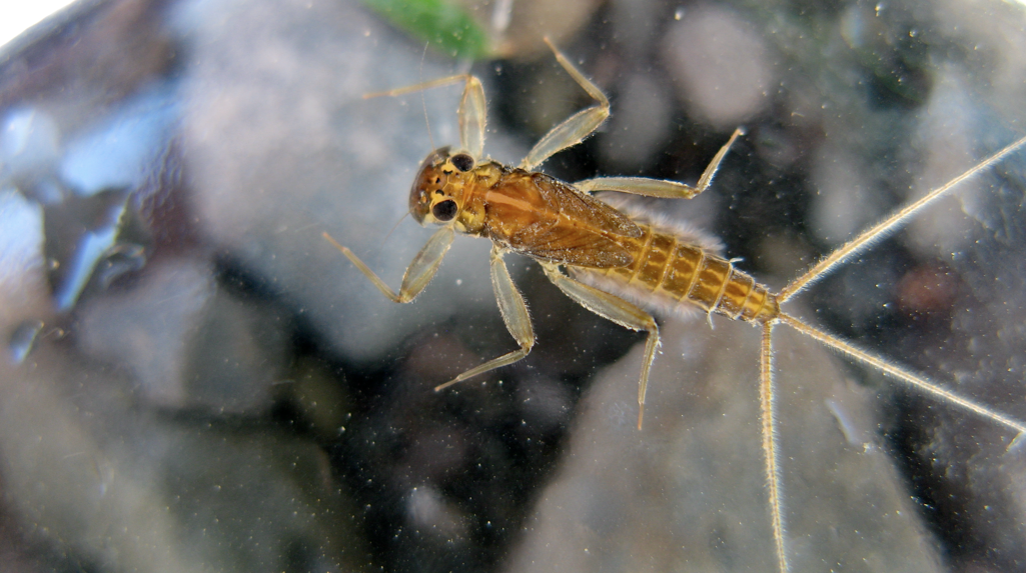
Mayflies hold the record for the most extreme case of preparation versus performance in the animal kingdom. While their adult lives flash by in mere hours, these remarkable insects can spend anywhere from several months to four years meticulously preparing for their grand finale. The longest-lived mayfly nymphs, belonging to species like *Hexagenia limbata*, can remain underwater for up to four years, molting their exoskeletons dozens of times as they grow.
This preparation phase isn’t just about growing bigger. Every single day underwater represents a calculated investment in survival skills, strength building, and energy storage. The nymphs must master the art of filter-feeding, predator avoidance, and environmental adaptation. They’re essentially attending the world’s longest boot camp, with graduation being their emergence as winged adults.
Life Beneath the Surface
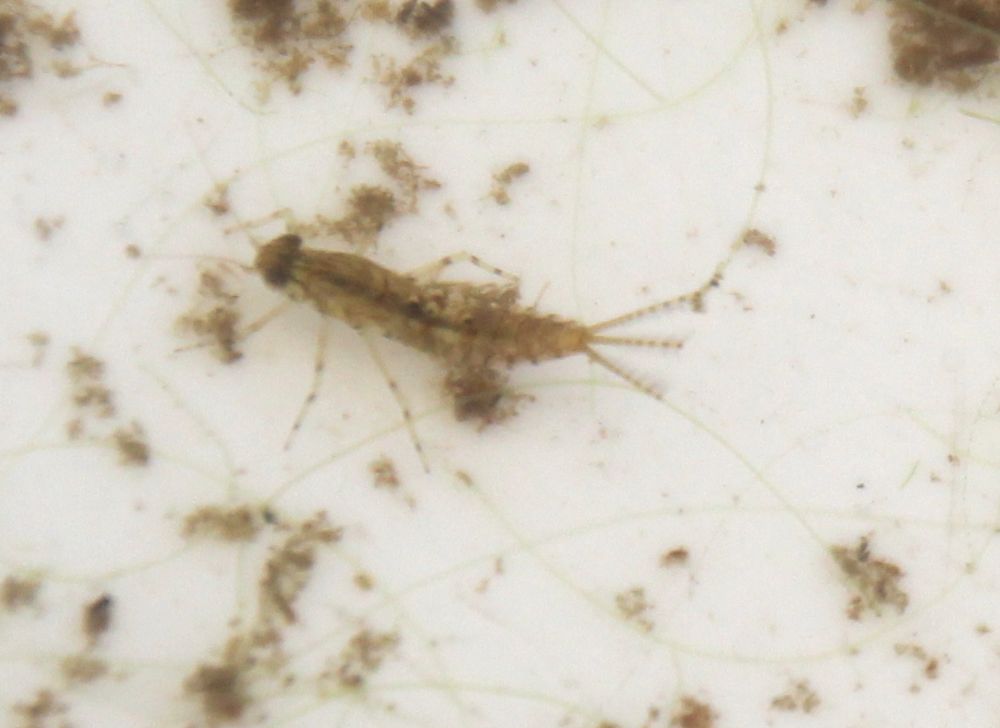
The underwater world of mayfly nymphs is a bustling metropolis of activity that most people never witness. These aquatic juveniles inhabit the muddy bottoms of rivers, lakes, and streams, where they construct elaborate burrows that can extend up to two feet deep. Their gills flutter constantly along their abdomens, extracting oxygen from the water while they go about their daily business of survival.
Different species have evolved unique survival strategies during this extended childhood. Some mayfly nymphs are aggressive predators, hunting smaller aquatic creatures, while others are gentle filter-feeders, straining microscopic organisms from the water. The burrowing species create complex tunnel systems that rival those of prairie dogs, complete with multiple entrances and escape routes.
The Molting Marathon
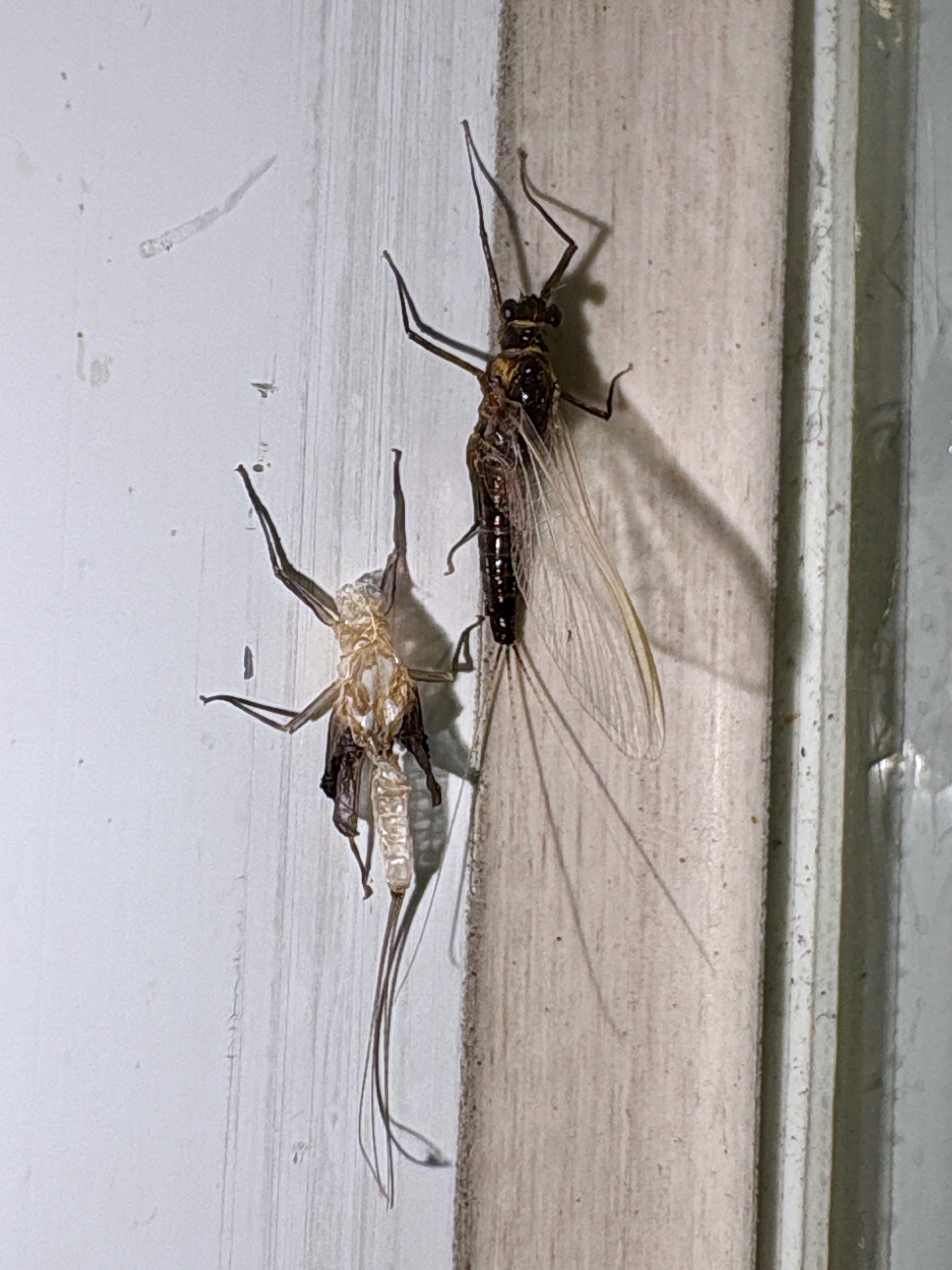
One of the most remarkable aspects of mayfly development is their incredible molting frequency. Unlike many insects that molt just a few times, mayfly nymphs can shed their exoskeletons anywhere from 20 to 50 times during their underwater phase. Each molt represents a complete transformation, with the nymph literally crawling out of its old skin to reveal a larger, more developed version of itself.
This constant molting serves multiple purposes beyond simple growth. Each new exoskeleton provides updated equipment for changing environmental conditions and developmental needs. The process also allows mayflies to repair damage from predator attacks or environmental hazards, making them remarkably resilient creatures despite their delicate appearance.
Timing the Perfect Exit
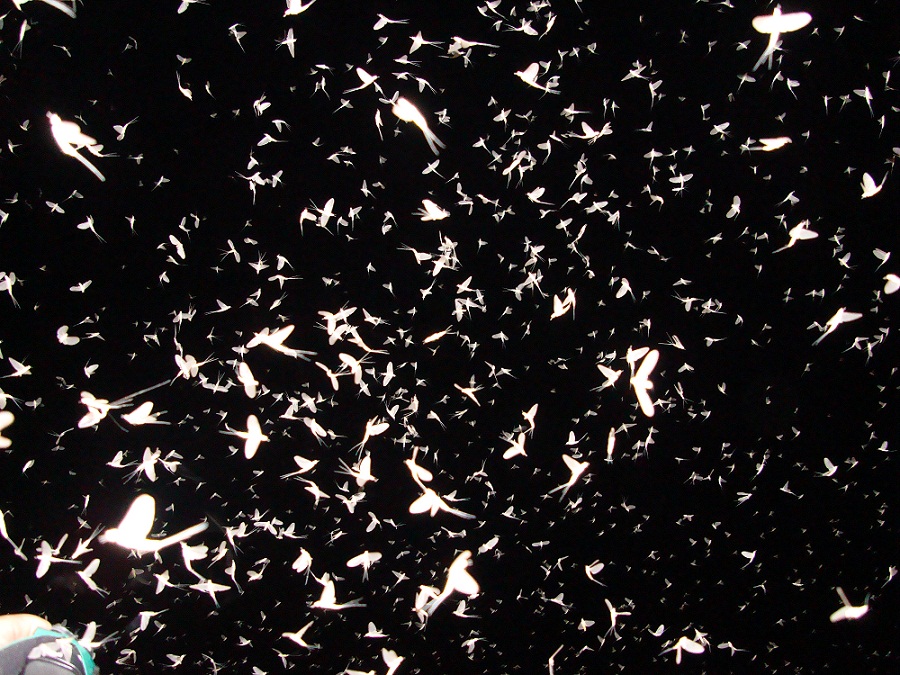
The decision of when to emerge from their underwater sanctuary is perhaps the most critical choice a mayfly nymph will ever make. They must carefully monitor water temperature, seasonal changes, and even lunar cycles to time their emergence perfectly. Most species coordinate their emergence with others, creating massive synchronized hatching events that can involve millions of individuals.
This timing isn’t random – it’s a sophisticated survival strategy. By emerging simultaneously, mayflies create what scientists call “predator satiation,” essentially overwhelming potential predators with so many targets that most individuals escape unharmed. The strategy works because even the hungriest fish or bird can only eat so many mayflies before becoming full.
The Dramatic Transformation
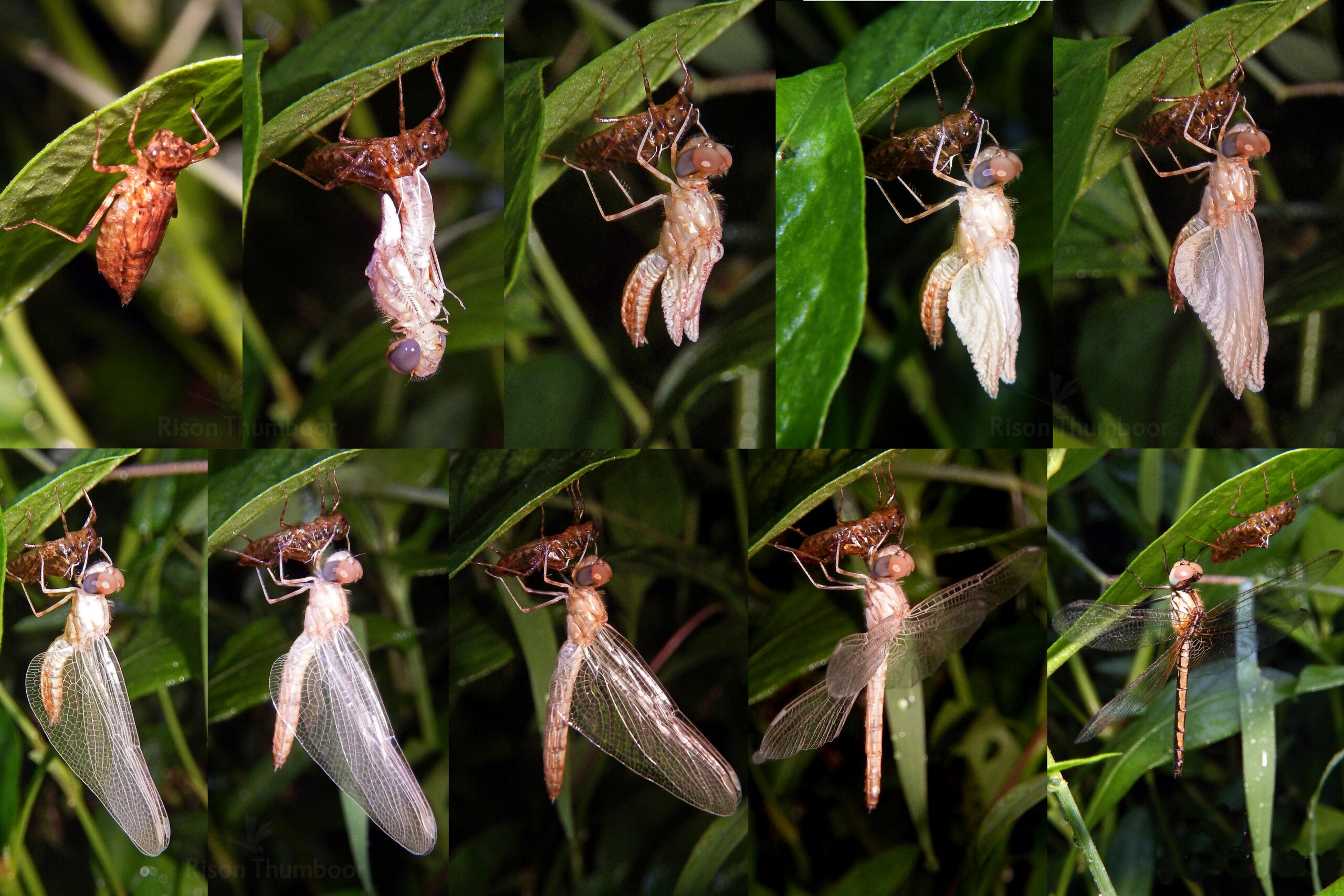
The actual process of transformation from aquatic nymph to flying adult is nothing short of miraculous. As water temperatures rise and daylight hours increase, something triggers an irreversible change in the nymph’s physiology. Their wing pads, which have been developing invisibly beneath their exoskeleton, suddenly begin to expand and darken.
The emergence itself is a death-defying escape act. The nymph must swim to the surface, break through the water tension, and somehow manage to shed its final nymphal skin while floating on the water’s surface. Many don’t survive this vulnerable transition, falling prey to fish below or birds above. Those that succeed literally burst into flight within seconds of breaking free from their aquatic prison.
The Subimago Stage
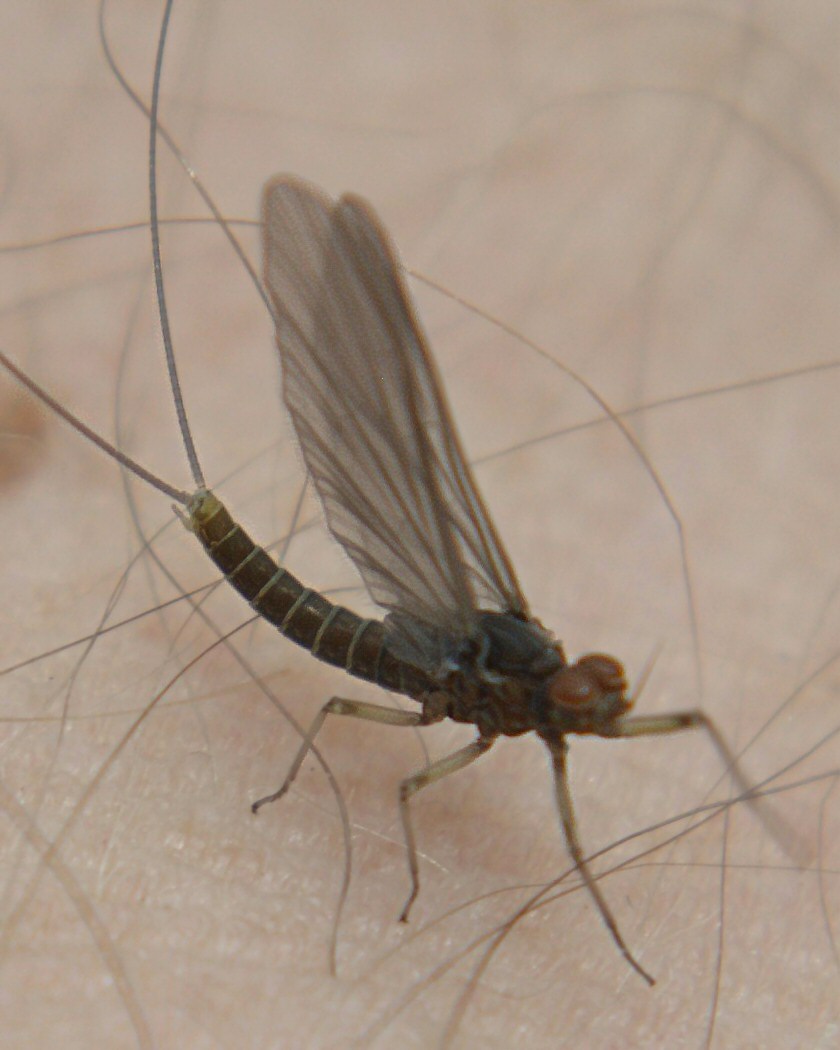
Here’s where mayflies become truly unique in the insect world – they’re the only insects that molt after gaining wings. The newly emerged adult is actually called a “subimago” or “dun,” and it’s essentially a teenage version of the final adult form. This intermediate stage typically lasts just a few hours to a couple of days, during which the mayfly must find shelter while its body prepares for one final transformation.
During the subimago stage, mayflies are particularly vulnerable. Their wings are still cloudy and not fully developed, making them easy targets for predators. They often hide in vegetation near water sources, their bodies working overtime to complete the final developmental changes that will transform them into sexually mature adults capable of reproduction.
The Final Transformation
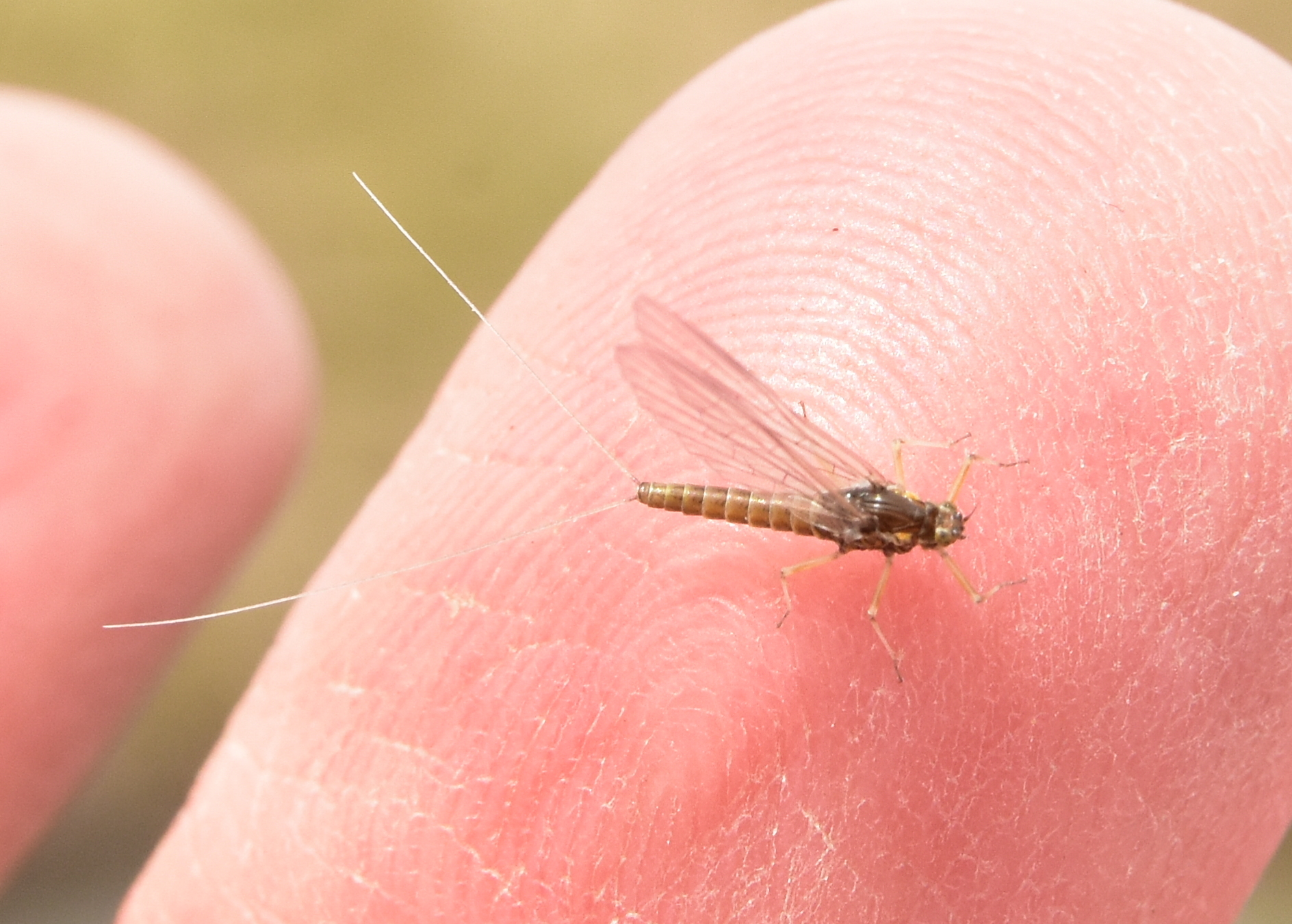
The molt from subimago to adult imago is the mayfly’s ultimate reveal. This final transformation produces a creature of startling beauty, with crystal-clear wings that shimmer like stained glass and eyes that can detect the slightest movement. The adult mayfly emerges as a flying work of art, perfectly designed for its singular mission of reproduction.
This final form is so delicate and ethereal that it seems almost too beautiful to be real. Their wings are transparent membranes supported by intricate networks of veins, while their bodies often display iridescent colors that shift and change in the light. It’s as if nature saved all its artistic energy for this brief moment of perfection.
The Mating Dance
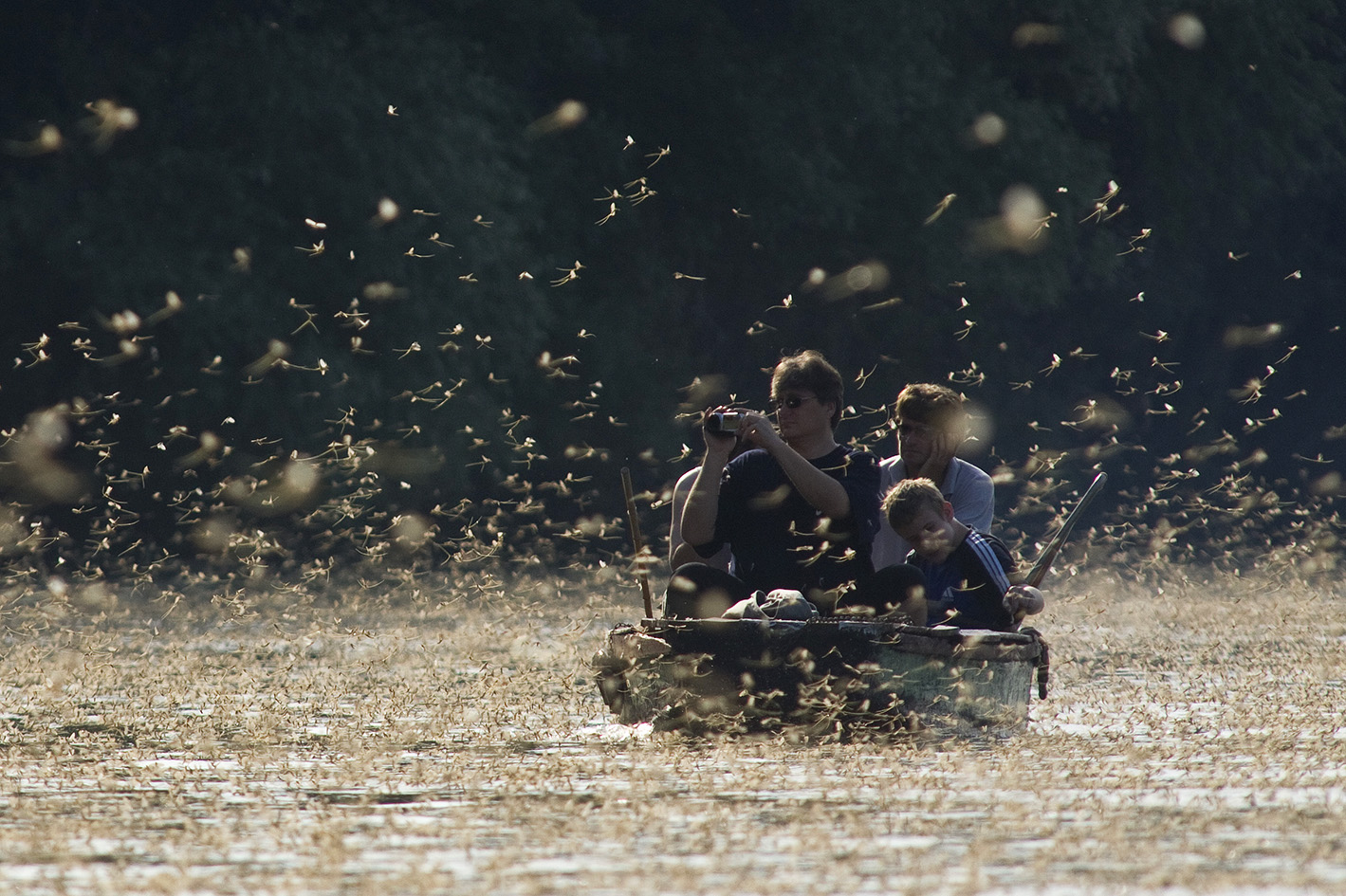
With their adult bodies finally complete, mayflies face an urgent deadline – they must find a mate and reproduce before their brief lives end. Male mayflies typically emerge first and gather in massive swarms above water sources, creating living clouds that can be visible from miles away. These mating swarms are one of nature’s most spectacular displays, with millions of insects dancing in synchronized aerial ballets.
The mating ritual itself is surprisingly complex for creatures with such short lifespans. Males perform elaborate courtship flights, rising and falling in hypnotic patterns designed to attract females. When a female joins the swarm, mating occurs in mid-air, often lasting just seconds. The entire courtship and mating process is a race against time, with every moment precious beyond measure.
The Egg-Laying Mission
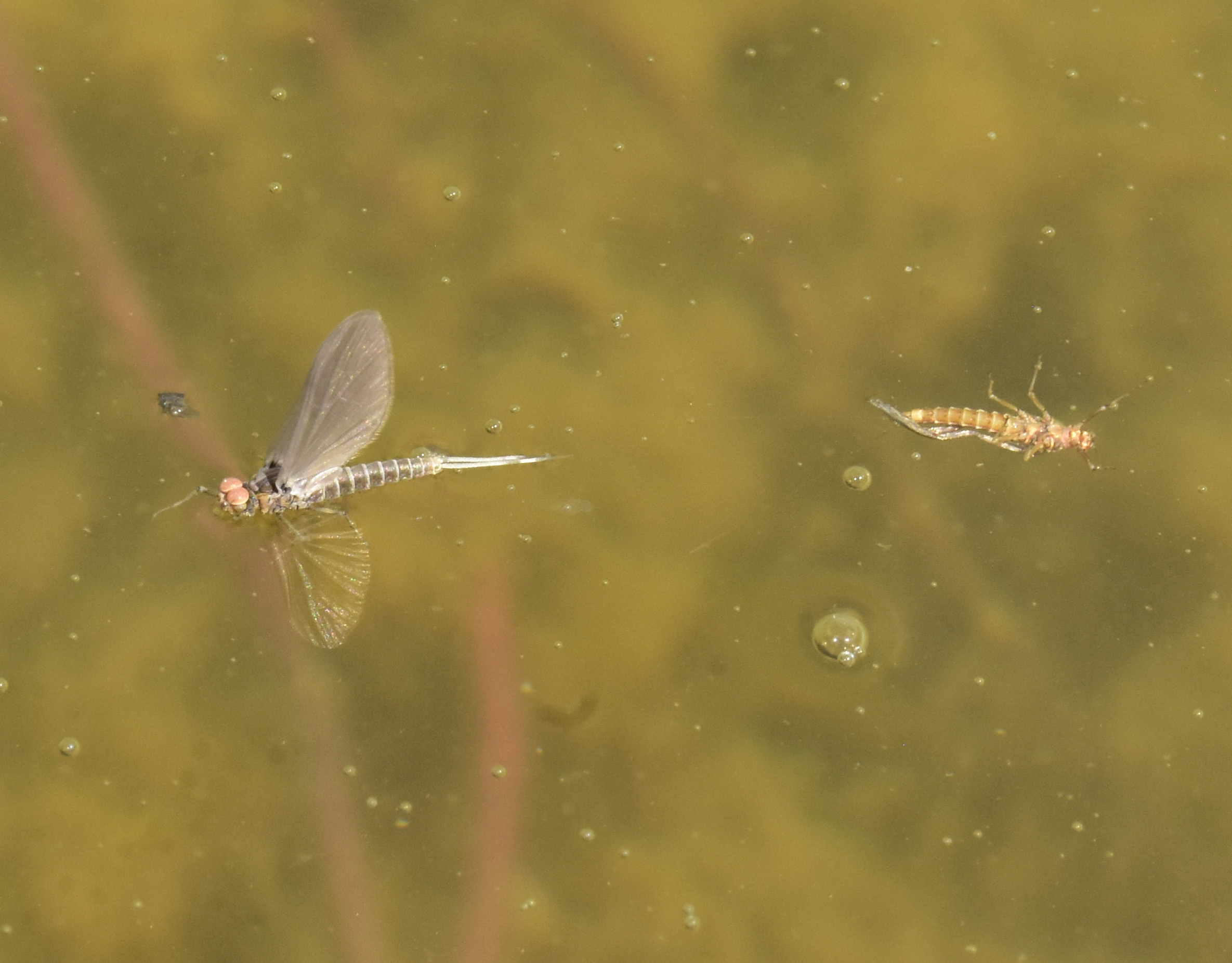
After mating, female mayflies face their final and most important task – ensuring the next generation’s survival. Different species have evolved fascinating strategies for egg-laying, from dive-bombing the water surface to carefully placing eggs on submerged vegetation. Some species carry their eggs in specialized pouches, while others release them in dramatic underwater death dives.
The eggs themselves are marvels of biological engineering, equipped with everything needed to survive months or even years underwater. They’re designed to withstand freezing temperatures, drought conditions, and predation. Some mayfly eggs can even survive being completely dried out, waiting patiently for water to return before beginning their development journey.
Environmental Indicators

Mayflies serve as nature’s water quality inspectors, with their presence or absence telling scientists volumes about ecosystem health. These insects are extremely sensitive to pollution, chemical runoff, and habitat destruction, making them invaluable biological indicators. Clean, healthy waterways teem with mayfly populations, while polluted waters often show dramatic declines in their numbers.
The relationship between mayflies and water quality is so reliable that environmental scientists use mayfly diversity and abundance as key metrics in water quality assessments. A thriving mayfly population indicates not just clean water, but a healthy aquatic ecosystem capable of supporting complex food webs and biodiversity.
Ecological Importance
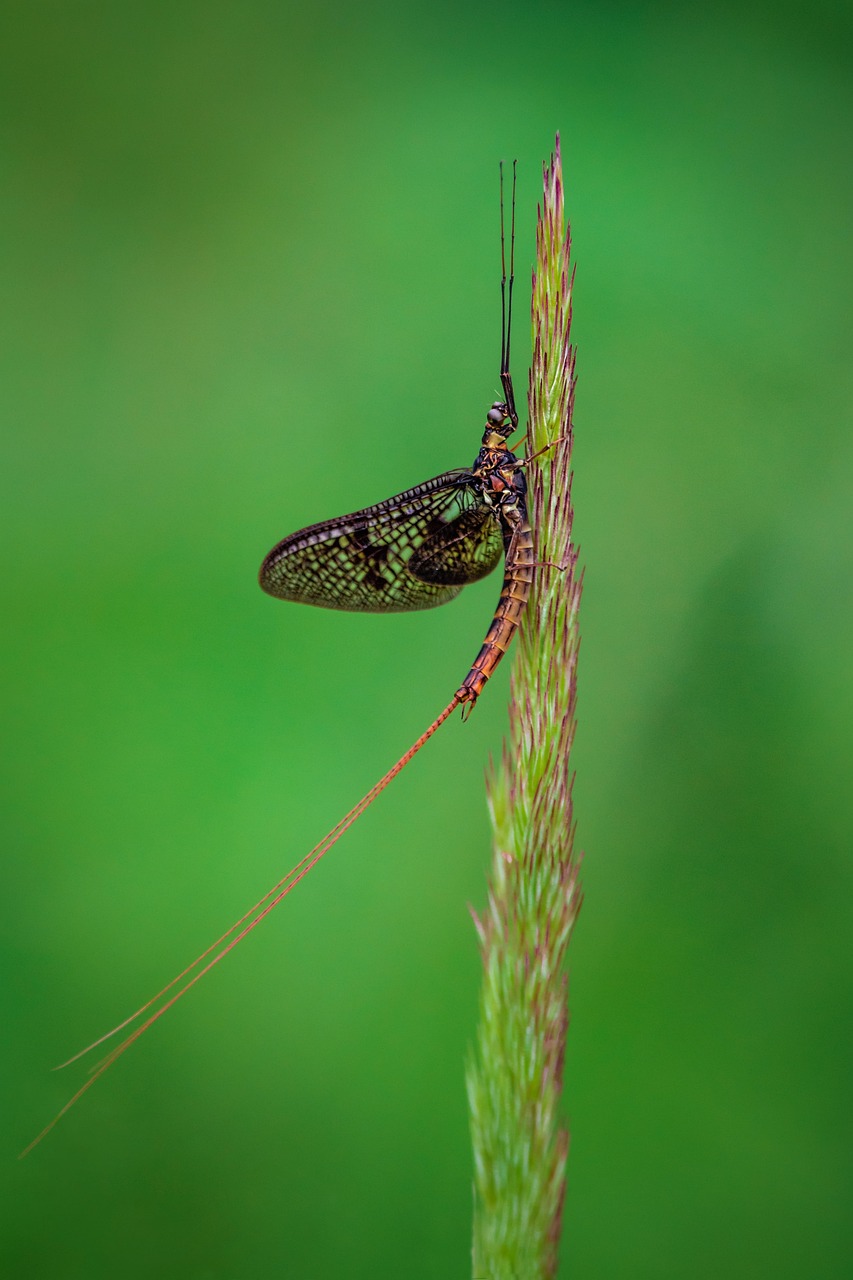
Despite their brief adult lives, mayflies play crucial roles in both aquatic and terrestrial ecosystems. As nymphs, they serve as important food sources for fish, helping to support everything from small stream fish to large game species. Their feeding activities also help process organic matter and maintain water quality by filtering algae and bacteria.
When mayflies emerge en masse, they create temporary food bonanzas for terrestrial predators. Birds, bats, spiders, and other insects all depend on these periodic windfalls of protein-rich mayflies. The timing of mayfly emergences can even influence the breeding success of certain bird species, making these insects keystone species in their ecosystems.
Ancient Survivors
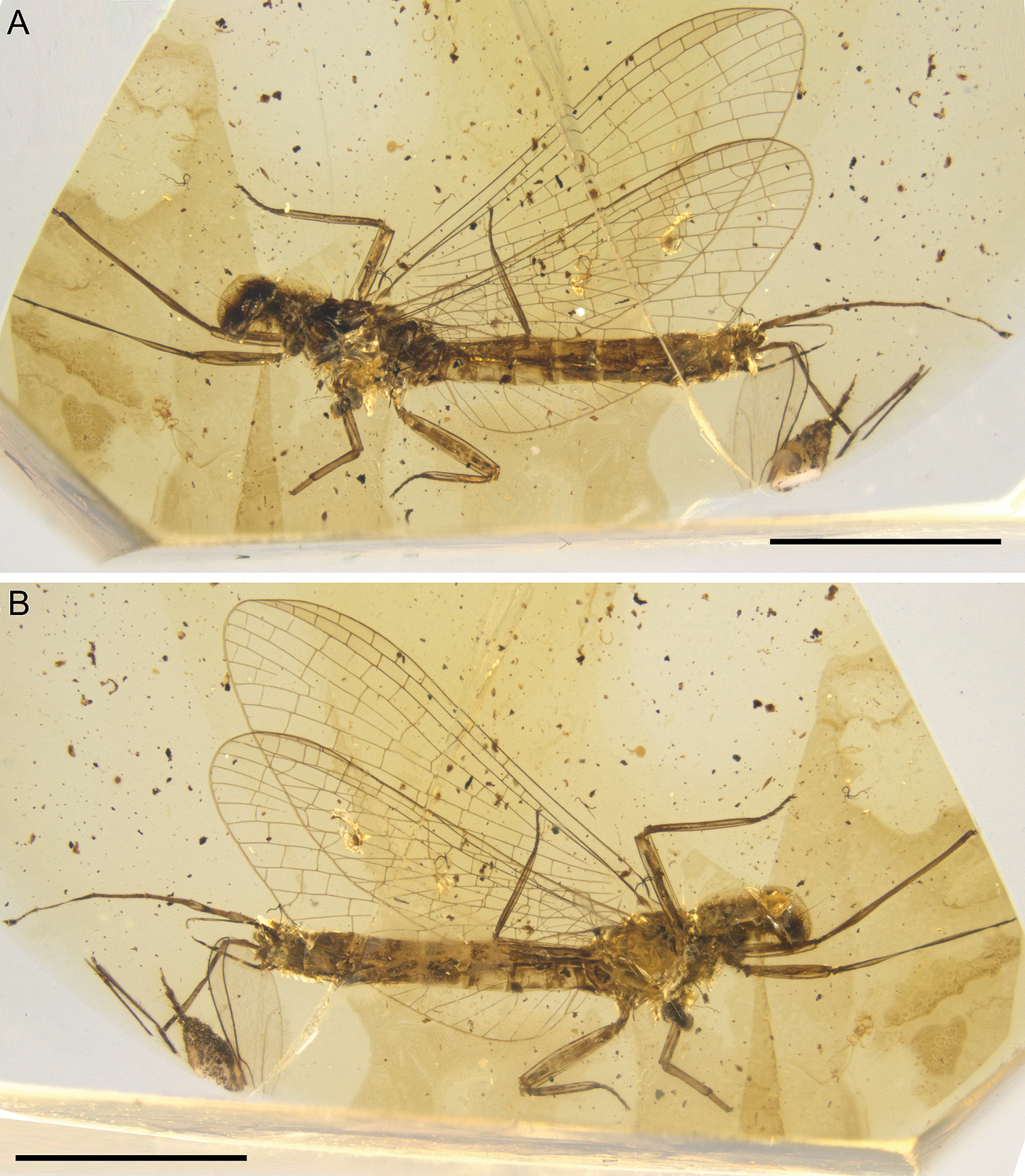
Mayflies are living fossils, having survived virtually unchanged for over 300 million years. They witnessed the rise and fall of dinosaurs, the formation of mountain ranges, and countless environmental changes that wiped out other species. Their evolutionary strategy of extended preparation followed by brief reproduction has proven remarkably successful across geological time scales.
Fossil evidence shows that ancient mayflies were remarkably similar to modern species, suggesting that their unique life cycle represents one of evolution’s most successful experiments. They’ve survived multiple mass extinction events, ice ages, and dramatic climate changes, proving that sometimes the most fragile-looking creatures can be the most resilient.
Modern Challenges
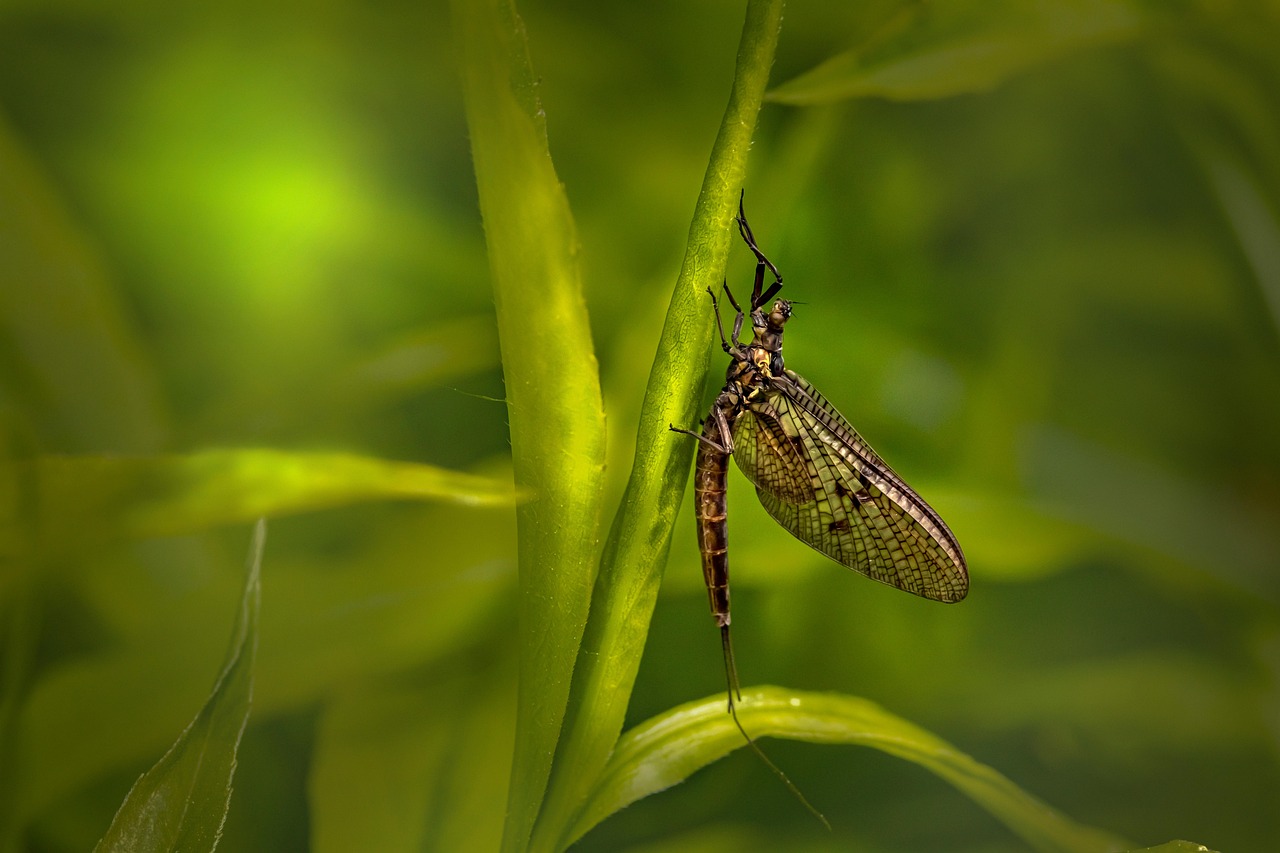
Today’s mayflies face unprecedented challenges from human activities. Climate change is altering water temperatures and seasonal patterns, potentially disrupting the precise timing that mayflies depend on for successful reproduction. Urban development and agriculture are destroying critical habitat, while pollution continues to threaten water quality in many regions.
Some mayfly species that were once common are now experiencing dramatic population declines. The famous Hexagenia limbata, which once created mayfly blizzards so thick they showed up on weather radar around the Great Lakes, has largely disappeared from many areas due to habitat loss and pollution. Conservation efforts are now focused on protecting remaining populations and restoring damaged aquatic ecosystems.
Lessons in Living

The mayfly’s life strategy offers profound lessons about preparation, patience, and making the most of limited time. These insects demonstrate that a life well-lived isn’t necessarily a long life, but rather one where every moment serves a purpose. Their years of preparation aren’t wasted time – they’re investments in a perfect, purposeful finale.
Perhaps most remarkably, mayflies show us that beauty and meaning can emerge from the briefest moments. Their single day of adult life, viewed in the context of their years of preparation, becomes not a tragedy of brevity but a celebration of focused purpose. They remind us that sometimes the most important things in life are worth waiting for, even if they don’t last long.
The next time you see mayflies dancing above a summer stream, remember that you’re witnessing the culmination of years of hidden preparation. These delicate creatures have spent more time getting ready for their moment than most of us spend preparing for anything in our entire lives. Their brief dance isn’t just about reproduction – it’s about the ultimate expression of life’s potential, compressed into a single, perfect day. What would you do if you knew you had spent years preparing for just one day to shine?

